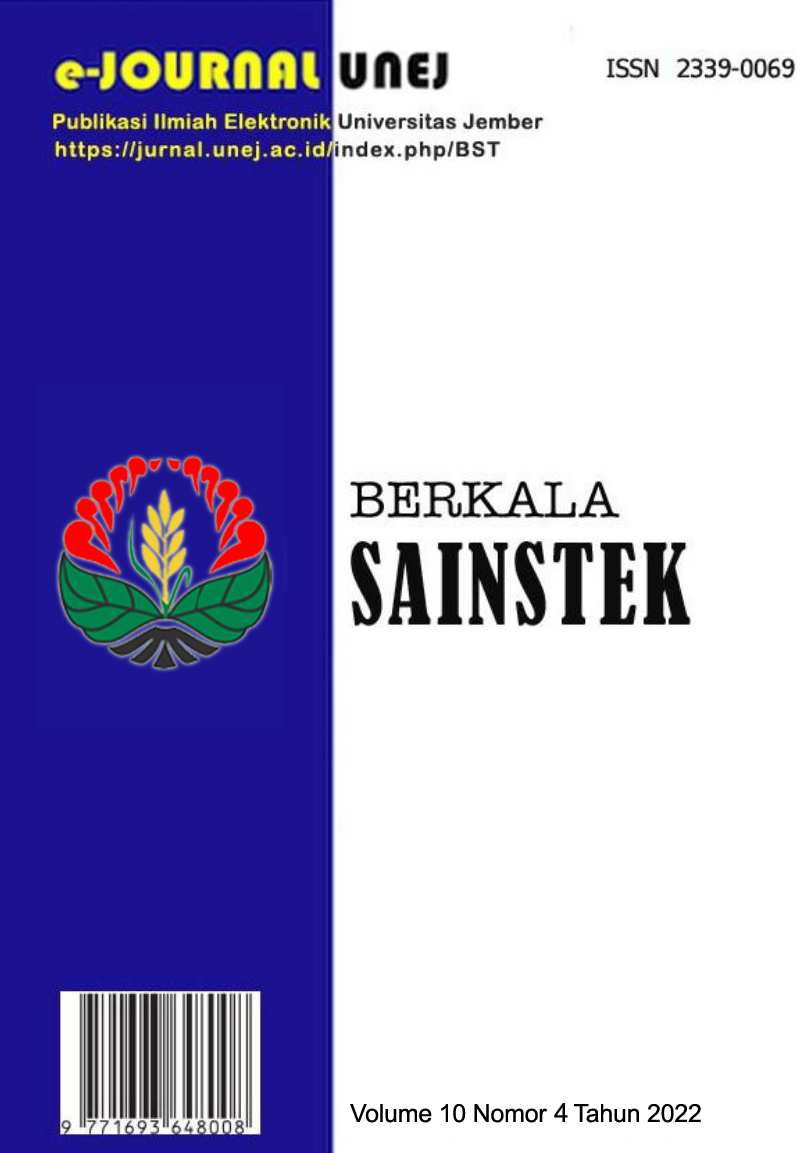Green Open Spaces as Butterfly Refuge Habitat: Potential, Issues, and Management Strategies for Butterfly Conservation in Urban Areas
DOI:
https://doi.org/10.19184/bst.v10i4.33123Keywords:
Butterflies, Green Open Spaces, Habitat RefugesAbstract
One of the ecological functions of green open space (RTH) is to accommodate biodiversity in urban areas by providing a habitat for wild plants and animals. Pollution, urbanization, and various other environmental pressures make green open spaces in urban areas more susceptible to disturbances, both natural and due to human activities, which can affect the existence of biodiversity within them, including butterflies, which have specificity and sensitivity to certain environmental conditions, thus acting as bioindicators. Assessment of butterfly species, habitat conditions, and assistance with problems was carried out at four green open space locations in the East Jakarta Administrative City (DKI Jakarta Province) and four green open space locations in Pontianak City (West Borneo Province) to determine the potential and effectiveness of green open space as habitat protection for butterflies. The assessment was carried out by observing the presence of butterflies using the time search method and measuring the environmental factors that form the habitat and their correlation with the butterfly community through quantitative analysis. The results of the study showed that there were 22 species of butterflies in green open space in the East Jakarta Administrative City and 17 species of butterflies in green open space in Pontianak City. Correlation analysis at the eight green open space locations showed the same pattern, namely that the occurrence of butterfly species increased along with the number of forage plant species (as hosts or food plants) and canopy density (as shelter plants). The clustered shape of green open space is also a characteristic of green open space, which supports the function of green open space as a refuge habitat for butterflies in urban areas.





